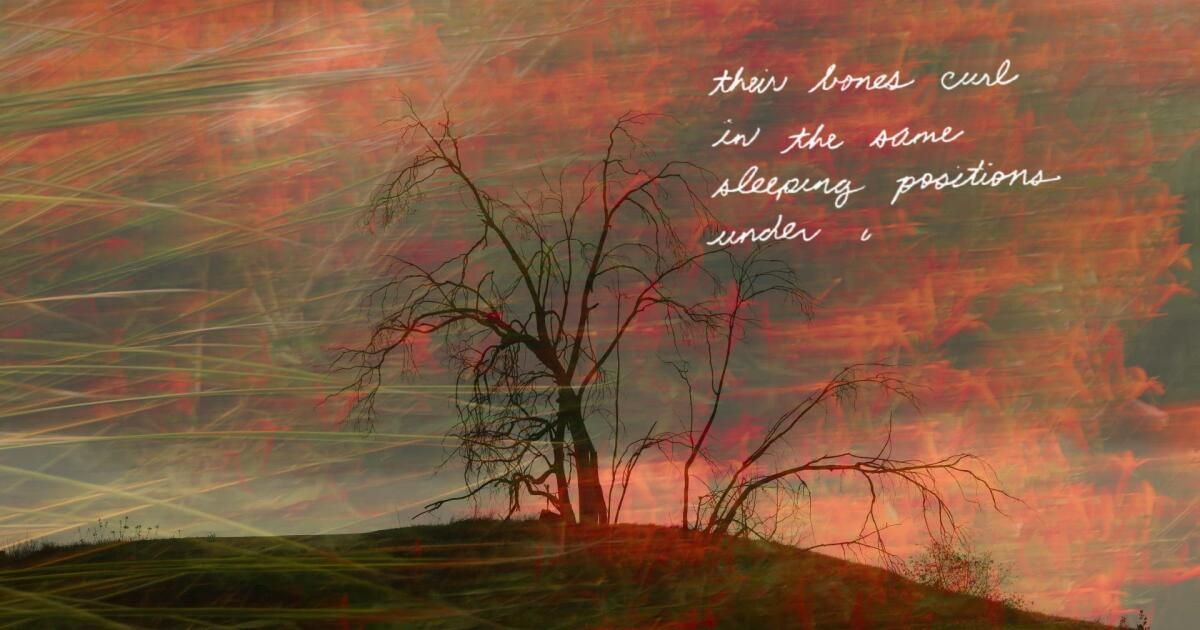I was walking through Venice with poet Tom Laichas when he showed me a hard-to-describe object sticking out from the strip between the sidewalk and the street. It was about the size of a fire hydrant, made of cement, and decorated with faded hippie hieroglyphs.
“If you dig it up, you will reach some god before Easter Island,” Laichas imagined.
He was demonstrating one of the key ways to experience Los Angeles as a poet, which is to pay attention to things that seem out of place. “You know there must be a story about how they got there,” Laichas explained, “but the story has been lost.”
Tom Laichas
Venice Boulevard
The poet Tom Laichas in Venice. When he was a boy growing up in Silver Lake, he saw words in his head as real as trees, and he still sees them.
Experimenting with this approach and other strategies I learned in conversations with several Los Angeles poets offers new perspectives on our often overwhelming city. They will make you feel sharper and more insightful, like a poet!
1. Go beyond yourself
One of my main conclusions is that contemporary Los Angeles poets do not write odes to their personal melancholy. Laichas, most recent author of “Three Hundred Streets of Venice, California,“ Imagine the experience of your neighbors. For example, in “Venecia Bl” he movingly imagines the experiences of two elderly neighbors: “None says The pain is unbearable either “I can't live like this anymore.” He was inspired to invent these old men by looking at the strangely textured cement blocks of an insignificant apartment on Venice's Sixth Avenue. He shared this with me as he walked around the block, which I did with all the poets I spoke to so we could talk about how they absorb their surroundings in real time.
The first poet I tried this on was long live padilla, owner of the re/arte bookstore on Avenida César Chávez. I found her for the first time there, sitting behind the counter, with the regal bearing of an empress surrounded by her loyal subjects: books and a customer reading with the concentration of someone climbing a rope ladder.
long live padilla
Using Google Maps to triangulate the course of my rampage over the years.
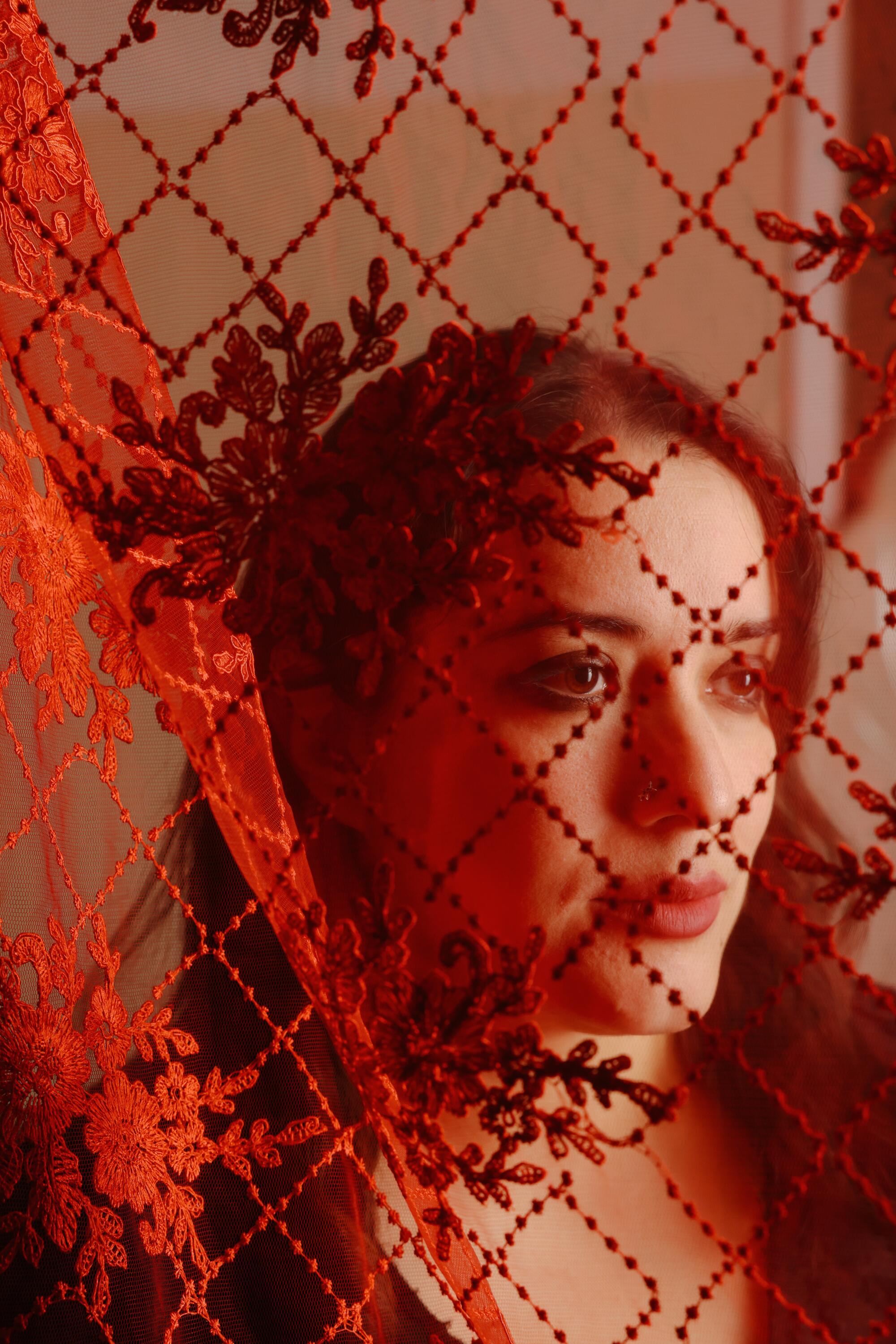
Viva Padilla, a first-generation Chicana, is the author of the collection of poems “INSUMISA.”
Padilla and I talked about his poem “using Google Maps to triangulate the course of my rampage over the years.” We then walked down César Chávez Avenue, where I saw mannequin hands in a nail salon and a sign announcing an upcoming concert by Nicky Jam and Wisin & Yandel, whom I recognized as favorites of first-wave reggaeton students when taught English at a high school in downtown Los Angeles
What Padilla noticed was completely different. “This block has always been a reminder to me that we are closer to the border than they would have us believe, that our cousins and families are right there.”
For Padilla, his Boyle Heights block is like Tijuana, with tortilla shops and bakeries and mom-and-pop merchants selling brooms, cowboy boots and cacti on the street. For her, East LA is a portal to family.
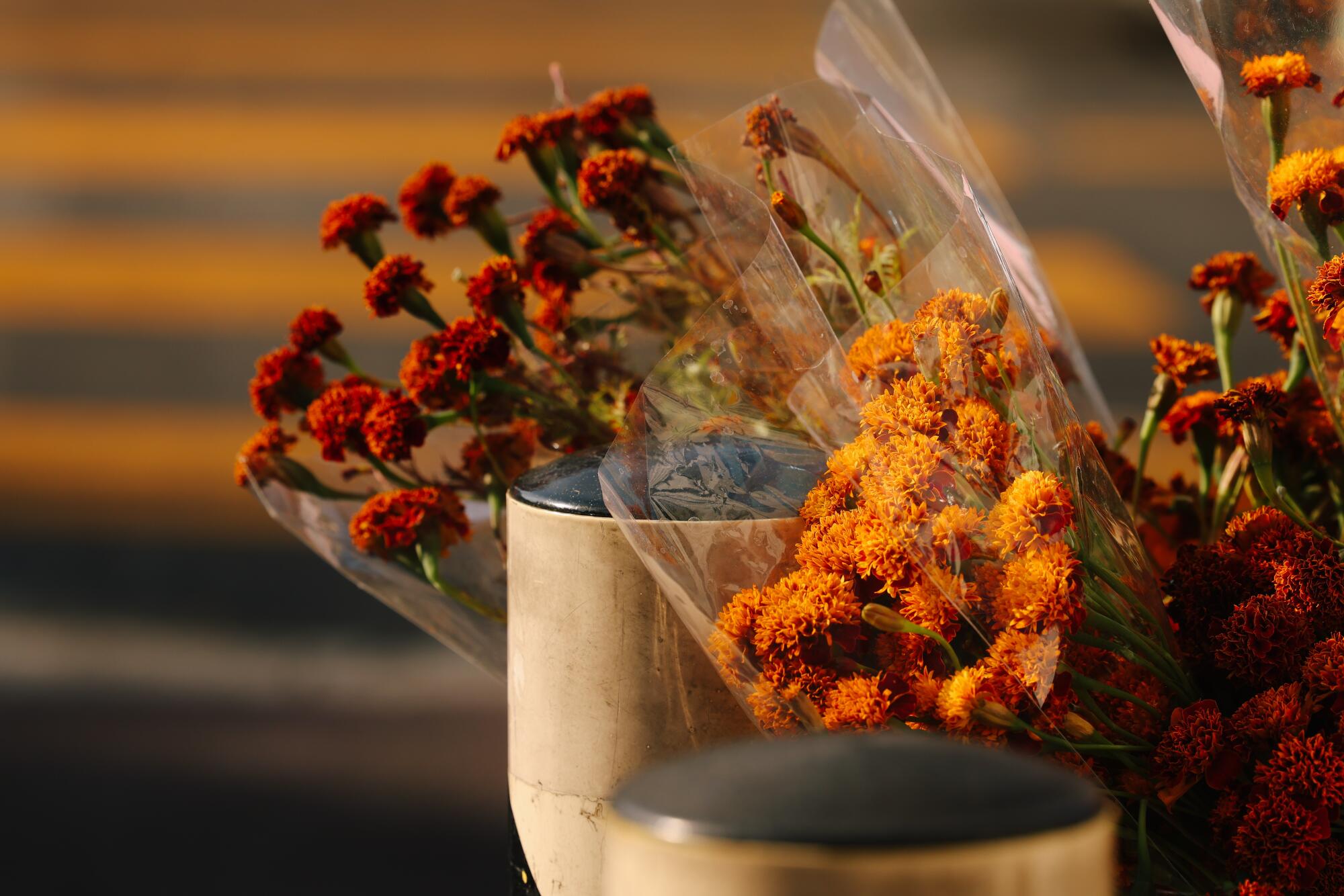
Shakespeare saw “the marigold in the eye of the sun.” These copies were for sale on César Chávez Avenue in Boyle Heights.
2. Feel language like music
I also asked Padilla about his use of bars inside the lines. Usually slash marks inside poetic lines mean a line break, but these lines weren't broken, they just had slash marks as in “a tree full of mockingbirds/and a Camaro full of swans,” which honestly It was kind of scaring me, because how come he just didn't use a line break?
She told me in her calm voice that sounds like an ancient oracle: “When I write poetry, I try to write a song that is never played but is pleasant to the ear and not boring.”
Teresa Mei Chuc
city of roses
It's like the poet Teresa Mei Chuc She told me about her process of generating what she called “poetic energy.”
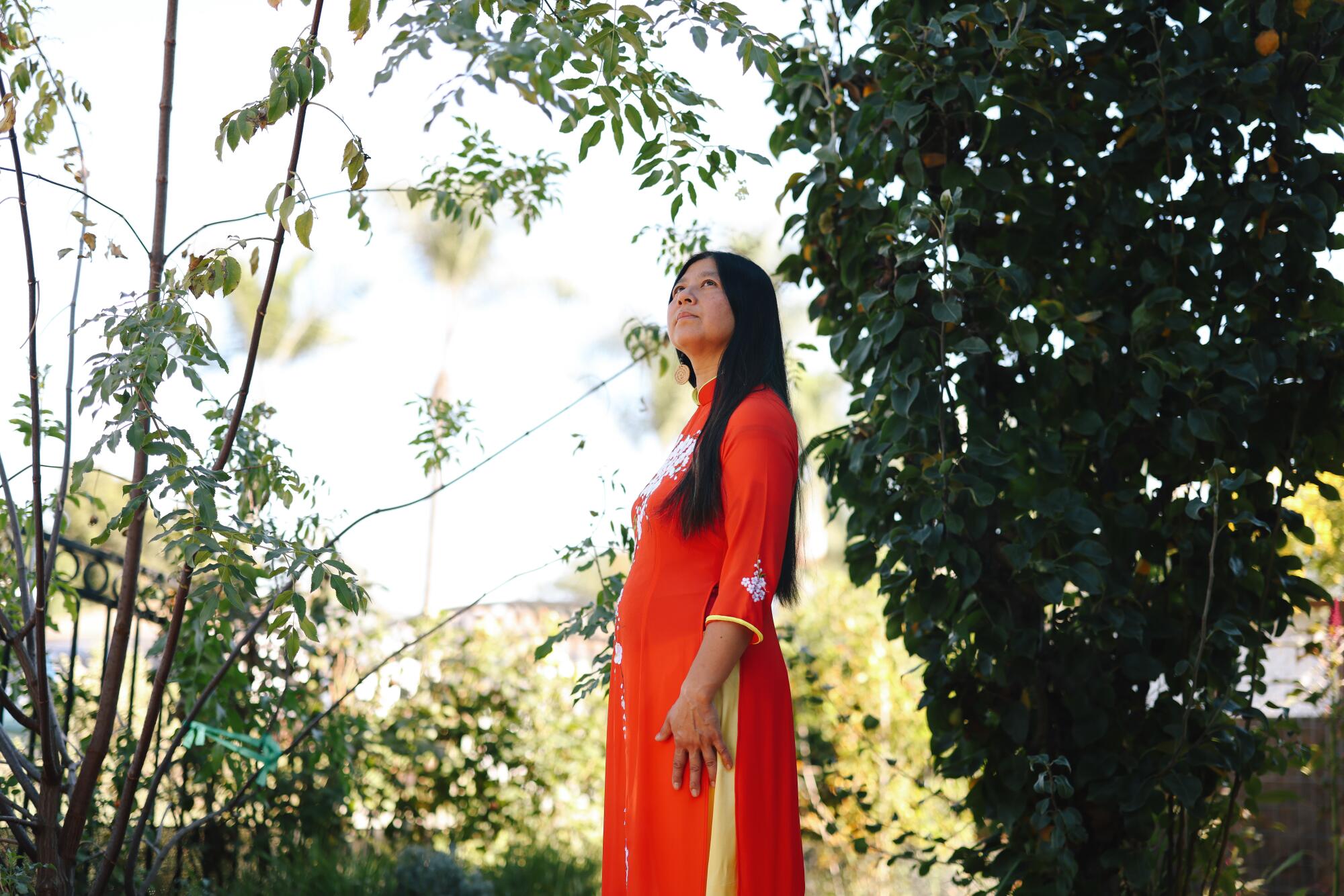
Teresa Mei Chuc is a poet, editor, and high school English teacher who finds inspiration in nature and music.
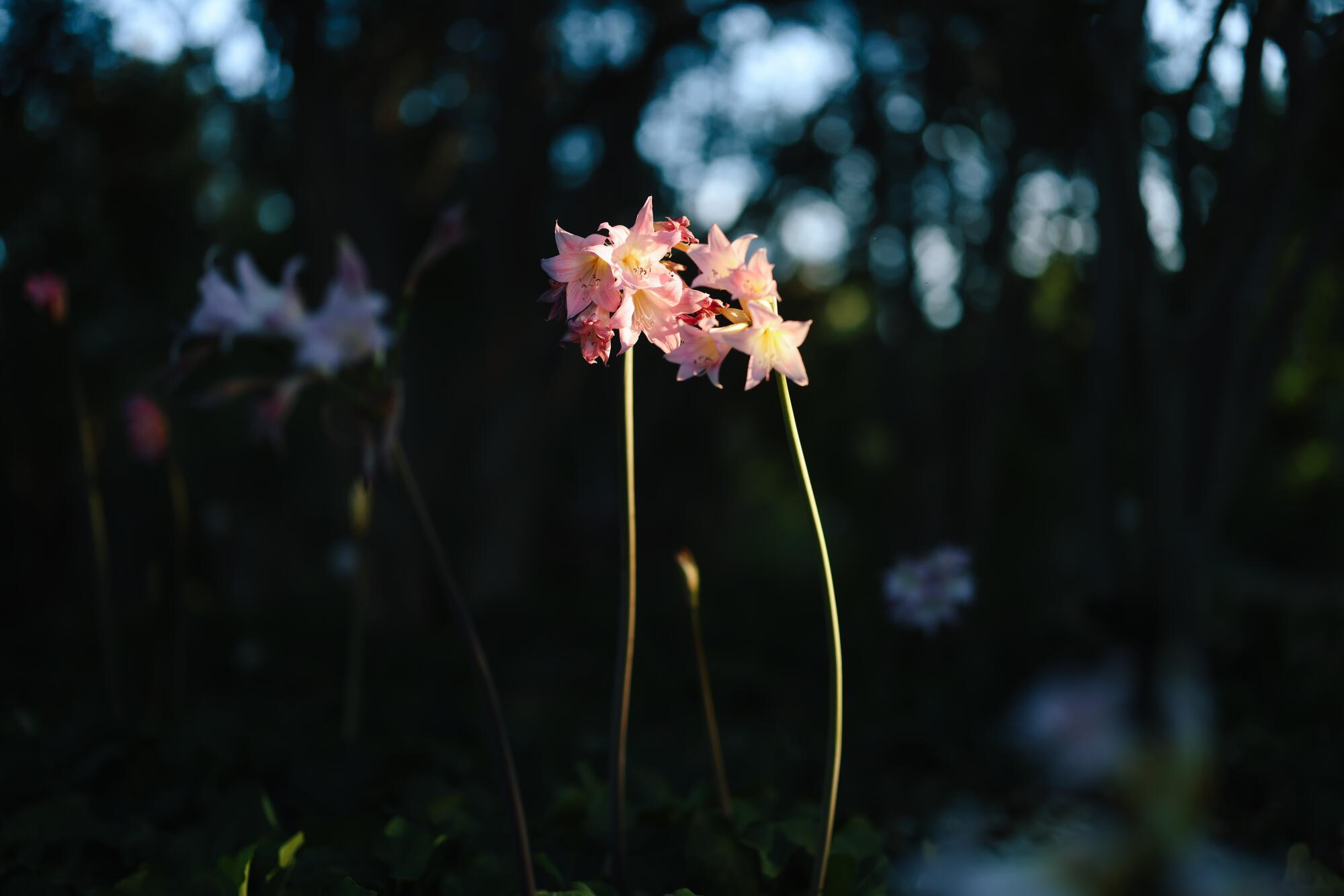
“Totally busy growing: such is the amaryllis / Growing especially at night,” wrote poet Denise Levertov. These flowers grew side by side at the Los Angeles County Arboretum and Botanical Garden.
“Poetry is connected to music,” Mei Chuc gently explained at a picnic table under a tree at the Los Angeles County Arboretum and Botanical Garden in Arcadia.
“The flow of it,” he explained. “Poetic energy is like improvising.”
3. Walk instead of driving
The enthusiasm that all these poets showed for walking made me feel like I didn't need some kind of total personality transplant in order to experience Los Angeles as a poet. I can simply exercise qualities that already exist, in the same way that the Tin Man, the Scarecrow, and the Cowardly Lion can become better simply by applying their certificates of approval from the Wizard of Oz.
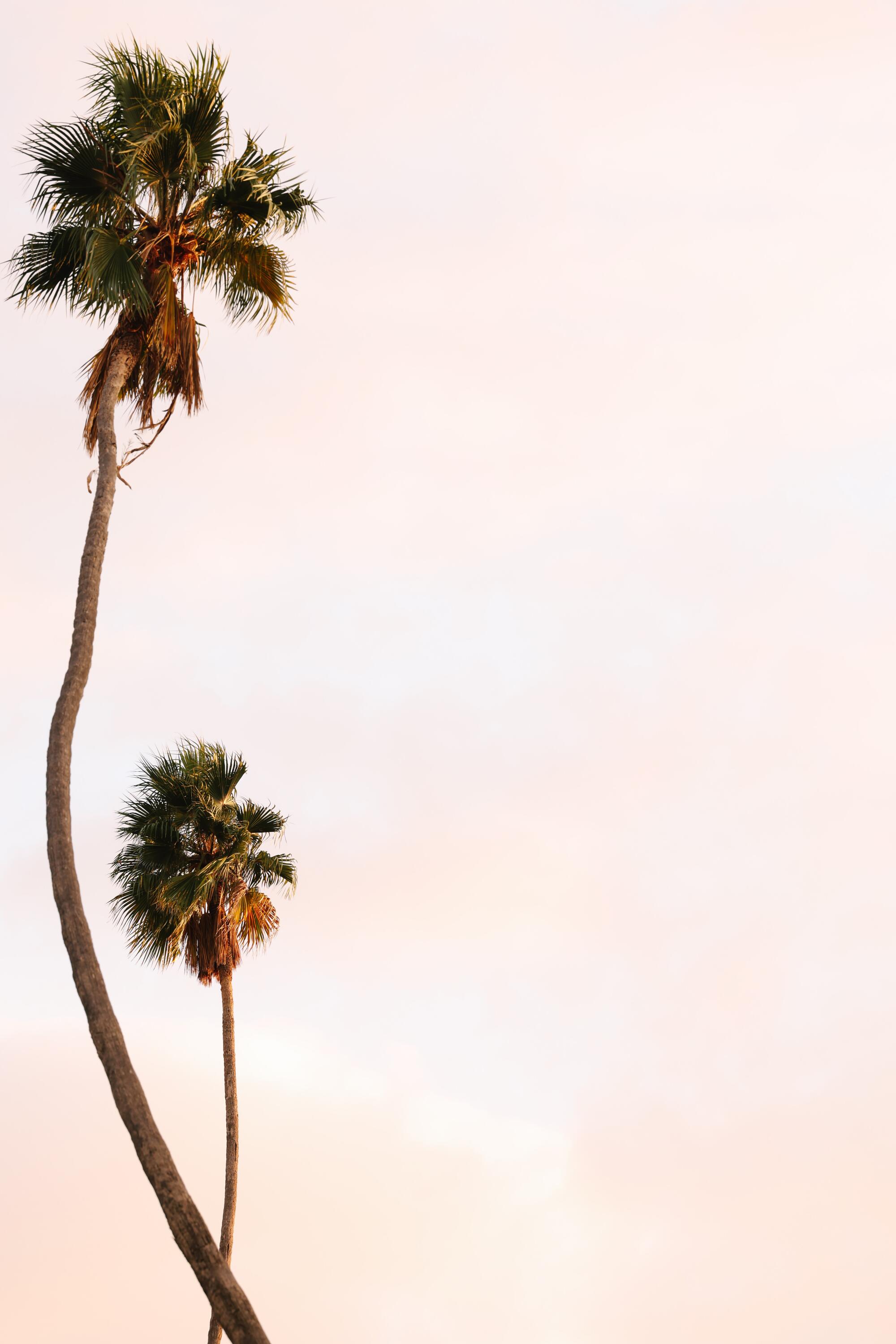
The palm trees of the arboretum bring Teresa Mei Chuc to the Mekong River of her childhood in Vietnam.
For example, Mei Chuc and I were walking side by side in the Arboretum until she disappeared under the shade of a tree she climbed as a child when she used to visit her family after they settled in Pasadena as refugees from Vietnam.
In the shade of the tree, he told me how he climbed an avocado tree in front of his childhood home to sit at the top and escape his angry father, who was reunited with the family after being imprisoned for nine years in a Vietnamese re-education camp.
“Trees give us a safe place to go,” he said. “Many people have a tree that they turn to in times of need or when they need silence.” This reminded me of the song “Killing me Softly” by Roberta Flack and also later by the Fugees, to the extent that this is exactly how I think about trees and how did she know that?
This walk with Mei Chuc made me feel trapped in an instinct of poetry. What really caught my attention about his poetry was this poem, “In the City of Roses,” in which he observes that homeless people and homeless people sleep the same way:
his bones curve
in the same
sleeping position
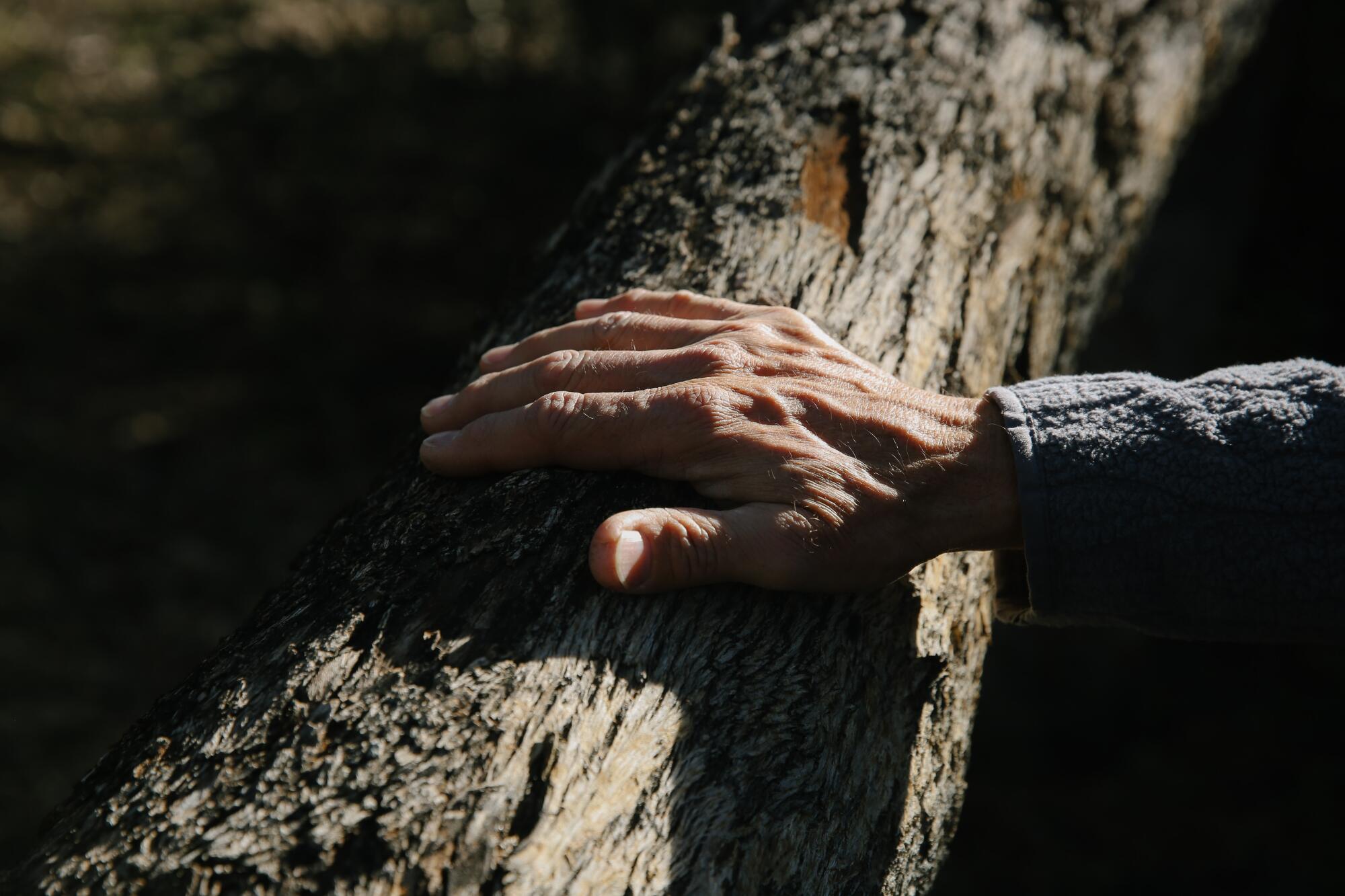
“Neither my father nor my mother knew / the names of the trees / where I was born,” wrote WS Merwin. This is a Eucalyptus microthequean endangered tree in the Australia section of the Los Angeles County Arboretum and Botanical Garden.
She wrote this poem about people who sleep outside on New Year's Eve to save their spot for the Rose Parade and people who sleep outside because they don't have a home. She asked me why this line stuck in my mind and I told her: I think about this poem when I'm in bed at night curled up on my side.
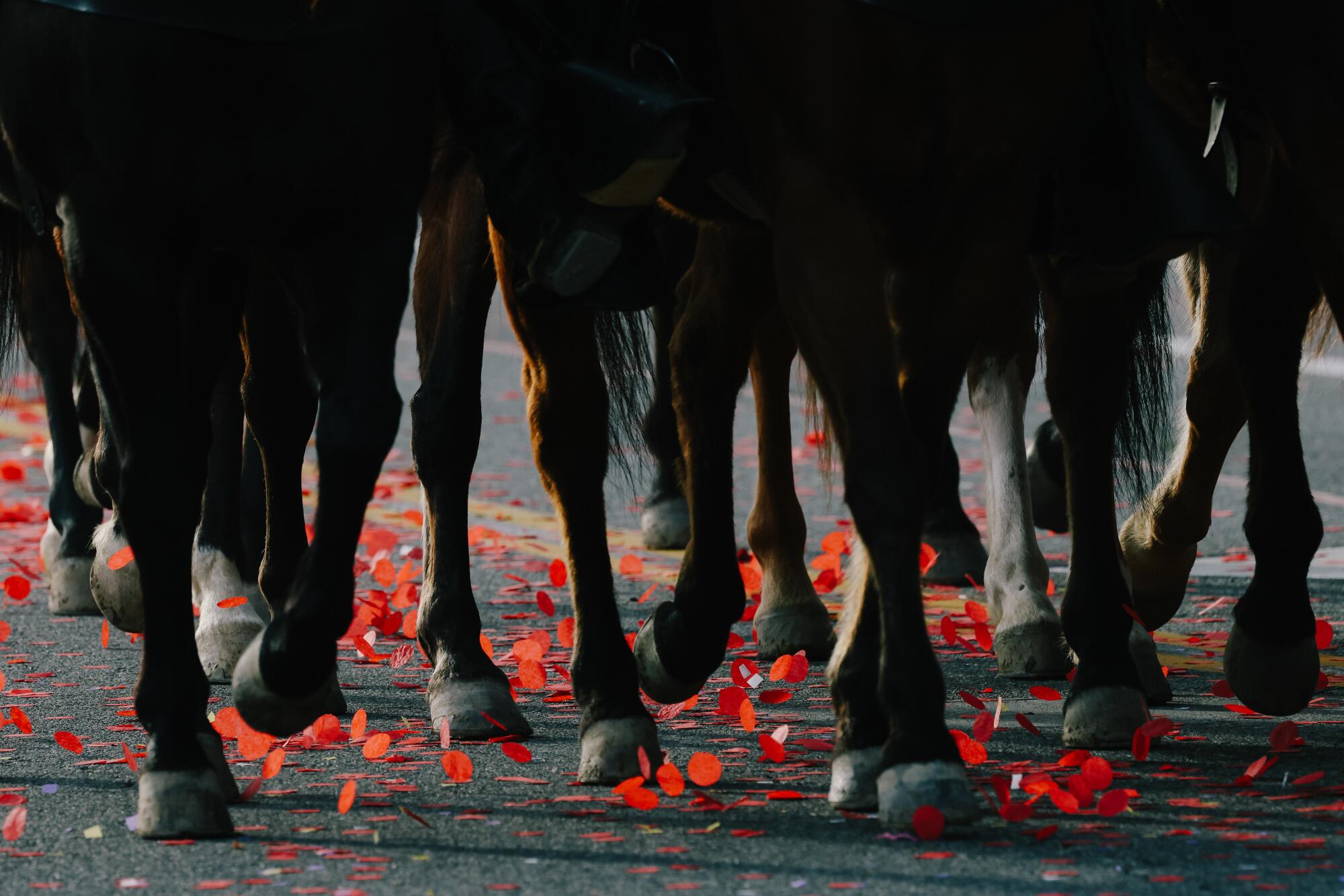
“Body of my house / my horse, my dog / what will I do / when you're down,” May Swenson asked. These horses trot through confetti at the Rose Parade in Pasadena.
4. Expect transformation
I walked around the block with Hiram Simspoet, editor and founder of The Sims Poetry Library on Florence Avenue in Inglewood. The Sims Library could go volume for volume with the other poetry library I have ever visited, the Poetry Society of America in Brooklyn. However, it began as a suitcase full of books that Sims carried with him when he taught community college students who otherwise would not have access to poetry. The suitcase is still on display, a reminder of how poetry and poets change and grow.
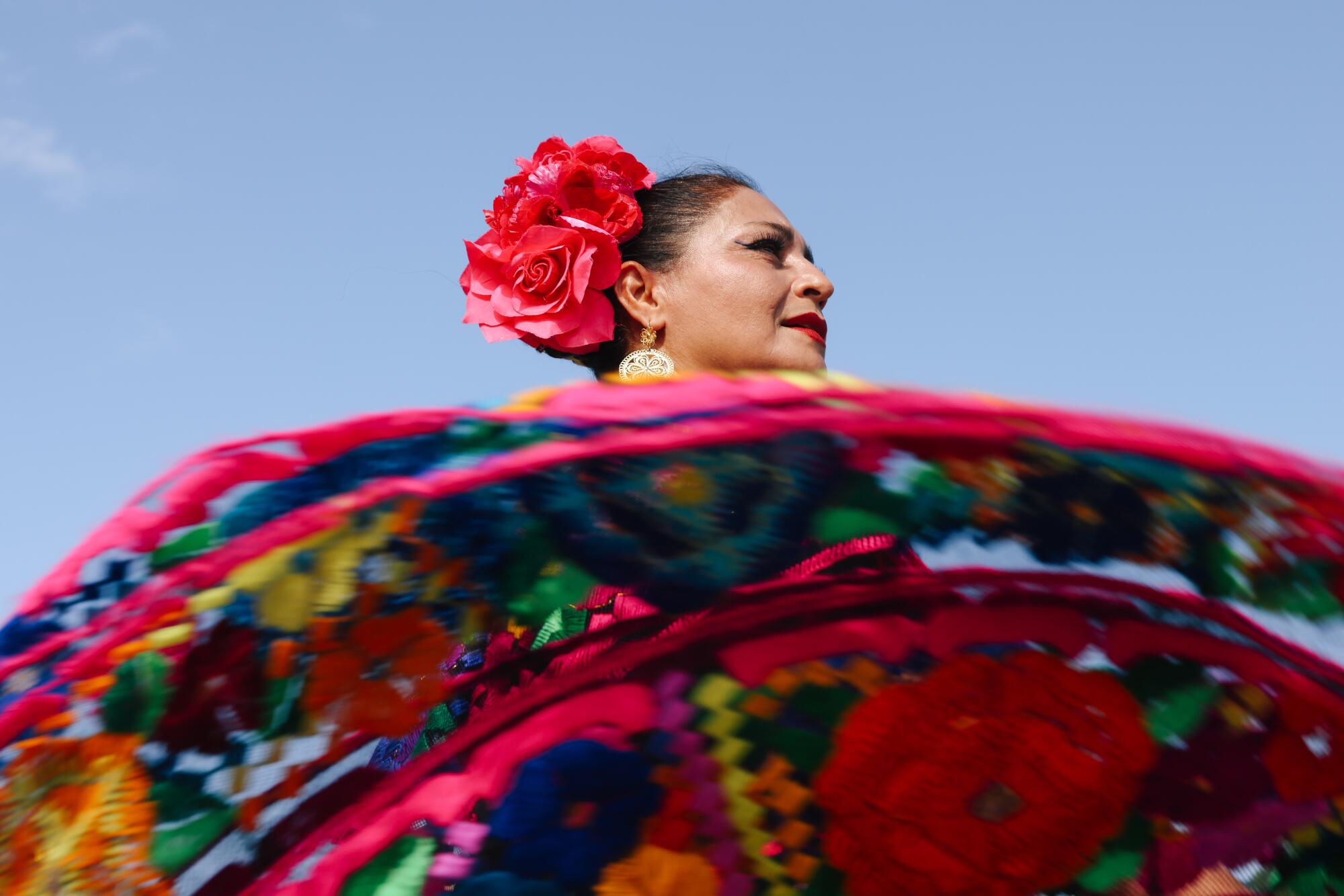
If you feel language as music, you can dance to a poem. This dancer spins at the 77th annual Mexican Independence Day Parade and Festival along César Chávez Avenue.
5. Think often about poetry and poets.
Sims and I talk about how all the poets she knows spend a lot of time in libraries and that the biggest dream of virtually every poet she knows is to have their own poetry space. This really aligns with Padilla having his own literary magazine and bookstore. Mei Chuc has his own publishing housecoming out soon with a series called “Poetry of Place” that will include poems describing neighborhoods in Los Angeles, from the Alhambra to El Sereno to Westchester.
After leaving his poetry-filled store for a walk around the block, Sims and I stopped in front of a garden that his neighbor had dedicated entirely to flowers that looked like dandelions. I thought technically they could be. cat ear but I managed to suppress my urge to suddenly change this into a story about experiencing Los Angeles like a fussy botanist. Instead, I heard Sims extol the virtues of a poem titled “Lion teeth” by Perre Shelton.
“I'll put it on YouTube for you when we get back,” he promised, and he did so in his office, where there was only one chair and he was sitting in it, so I knew our interview was coming to an end. .
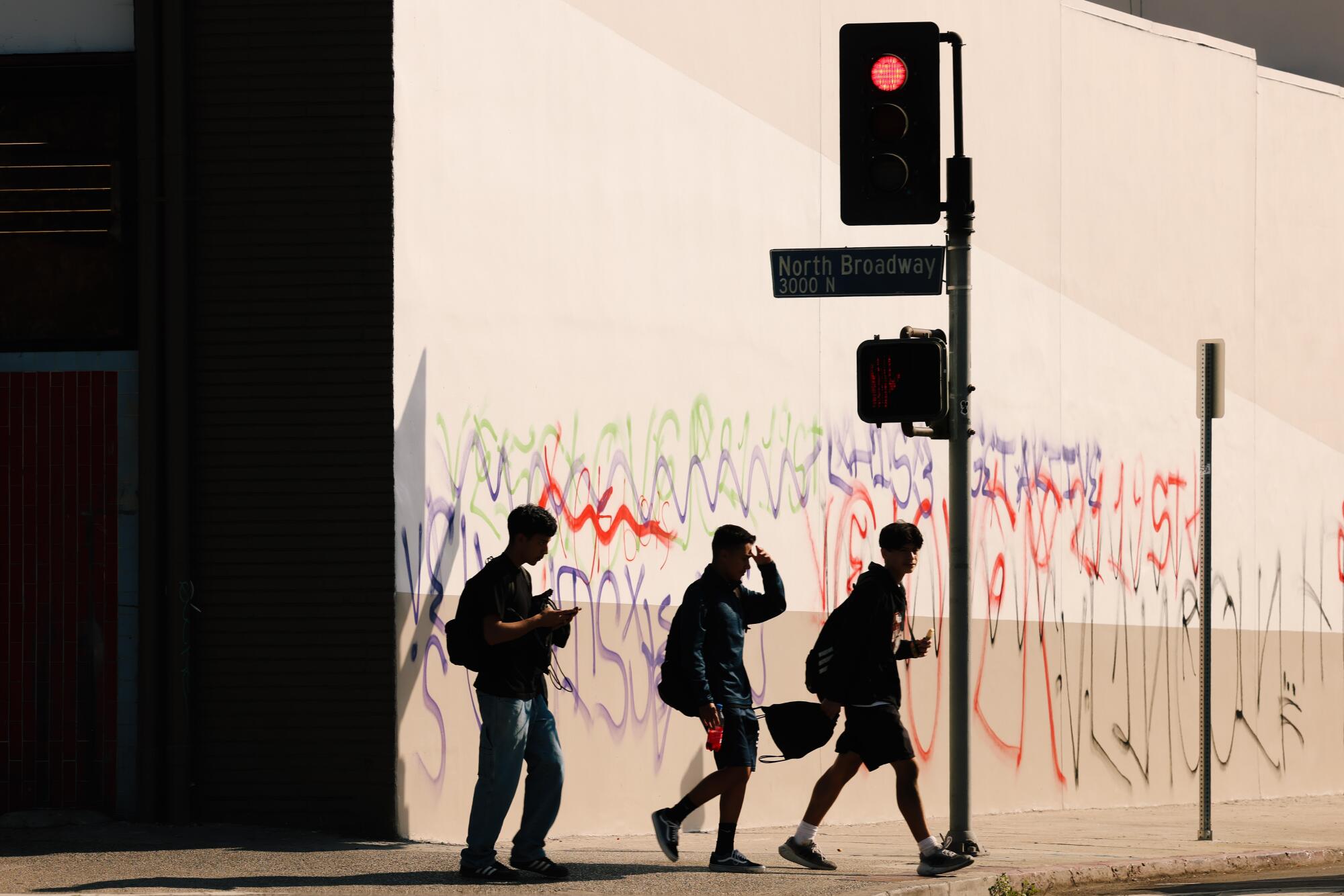
To experience Los Angeles like a poet, the best thing is to walk.
But that was okay because by then I already had a theory on how to experience Los Angeles like a poet. All he had to do was test it on the road, which I did at Leimert Park at the 15th anniversary celebration of SWAAM – Spoken Word, Art and Music this summer.
The Barbara Morrison Performing Arts Center was standing room only, and everyone there was being heard and celebrated, as if it were everyone's birthday.
The artists took the microphone to speak their truths with verve, sparkle and fluidity. They had stage names like Inconsciente, Marciano el Creador, Pasión Complicada and Flor Silvestre, who, while presenting a manifesto about her right to dance, invited everyone to get on with her. She shared that there was a bottle of spiced pear brandy on the back bar.
Meanwhile, the live band allowed us to feel the language as music by accompanying the performances with correct renditions of Sly and the Family Stone and Teddy Pendergrass. People thought my list of ways to experience Los Angeles like a poet was pretty good, and they had some ideas of their own, too.
Conney Williams He said, “Be authentic.”
Pablo Mabon He said, “Be vulnerable.”
Ron Dowell He told me this about how he experiences Los Angeles as a poet: “I take trips on public transportation so I can see people in their real natural state. They leave work and are tired or facing mental health issues. “I go to Skid Row and talk to people.”
That really piqued my interest. “Do you just walk up to them and tell them what's wrong?”
“No,” he said, “I bring with me a blessing bag, a gallon-sized zip-top bag of protein bars and containers of water and maybe an Oreo cookie plus a Slim Jim for more protein, a conversation starter, or in At least get a smile.”
And that's why, to live Los Angeles like a poet, I now carry with me a bag of blessings.

